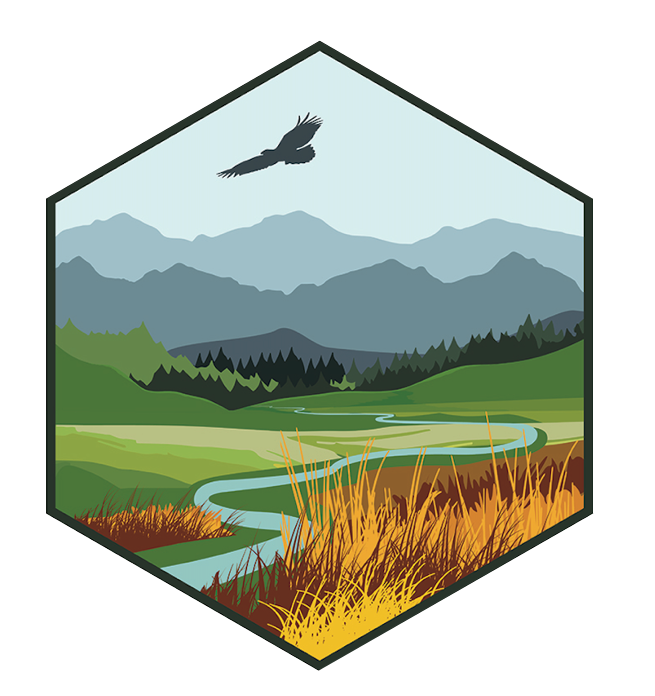Dr. Imtiaz Rangwala presents Climate Change and Water webinar for University of Wyoming’s 2023 CPNR Water Symposium
NC CASC’s Dr. Imtiaz Rangwala presented a pre-symposium webinar on April 14, titled Climate Change and Water in the West, for the University of Wyoming’s 2023 CPNR Water Symposium. Dr. Rangwala’s presentation aimed to build shared understanding of water issues in the West before the Symposium takes place on April 20. Symposium topics will include Wyoming Tribal history and water rights, Colorado River compact negotiations and the Colorado River Working Group, and facilitating factors and lessons from Colorado Watershed Collaboratives.
April 2023 Tribal Climate Newsletter
NC CASC at the Fifth National Climate Assessment All Authors Meeting
Last week, contributors and authors convened in Washington, D.C. to work on the Fifth National Climate Assessment (NCA5). This is part of a series of documents created by the US Global Change Research Program to analyze impacts of global change in the United States as well as current trends in global change and projections for the future.
Sicangu Lakota (Rosebud Sioux) Climate Adaptation Plan Now Online
The Sicangu Lakota (Rosebud Sioux) Tribe partnered with the Tribal Data Sovereignty Initiative and Lark Environmental, with technical support from South Dakota State University and the North Central Climate Adaptation Science Center, to create their Climate Adaptation Plan.
Prairie Climate Companion: Shifting Temperatures and Precipitation
Learn more about how shifting temperatures and precipitation patterns will affect the North Central US grasslands.
Upcoming NC CASC webinar - April 13, 2023
When
NC CASC webinar available online
The Sicangu Lakota (Rosebud Sioux) tribe recognizes the climate crisis we are facing, and is planning to adapt and thrive. The recently adopted Climate Adaptation Plan for the Sicangu Lakota Oyate recognizes the crisis, incorporates the knowledge of elders, and identifies priority actions the community can take.
Contact Us
Want to see more? Do you have feedback? Was this site helpful? Send us an email!

